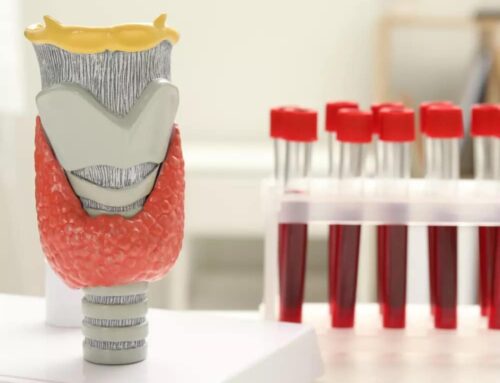Hormone imbalances can have a significant impact on our overall well-being, affecting various aspects of our health and quality of life. Fortunately, hormone replacement therapy (HRT) offers a solution to restore hormonal balance and alleviate the symptoms associated with hormone deficiencies or imbalances. Let’s delve into the different hormone replacement therapy options available to help you make an informed decision about your health.
Estrogen Therapy
Estrogen therapy involves supplementing the body with estrogen, the primary female sex hormone. It is commonly prescribed to women experiencing menopausal symptoms, such as hot flashes, night sweats, and vaginal dryness. Estrogen therapy comes in various forms, including pills, patches, gels, creams, and vaginal rings, providing flexibility in administration and dosage.
Progesterone/Progestin Therapy
Progesterone or progestin therapy is often combined with estrogen therapy in women who have not had a hysterectomy. Progesterone helps protect the uterus from the potential risks of estrogen therapy, such as endometrial cancer. Progesterone can be administered in pill form, as a patch, or as an intrauterine device (IUD).
Testosterone Therapy
While testosterone is often associated with male health, it also plays a crucial role in women’s well-being. Testosterone therapy may be recommended for women with low testosterone levels, which can result in decreased libido, fatigue, and mood changes. Testosterone therapy can be administered through patches, gels, creams, or injections.
Bioidentical Hormone Therapy
Bioidentical hormone therapy (BHT) refers to hormone replacement therapy that uses hormones derived from plant sources, such as soy or yams. These hormones are chemically identical to those produced by the human body. BHT is often customized to an individual’s specific needs and can include various hormones, such as estrogen, progesterone, and testosterone. BHT is available in different forms, including pills, patches, creams, gels, and injections.
Combination Therapy
Combination therapy involves the use of both estrogen and progesterone or progestin hormones to achieve hormonal balance. This approach is commonly recommended for women who have not undergone a hysterectomy. Combination therapy can help alleviate menopausal symptoms and reduce the risk of endometrial cancer.
Consultation and Personalized Treatment
Before considering hormone replacement therapy, it is essential to consult with a knowledgeable healthcare professional specializing in hormonal health. They will evaluate your symptoms, medical history, and hormone levels through blood tests to determine the most suitable treatment option for you. A personalized treatment plan will be developed, taking into account your specific needs and goals.
Monitoring and Adjustments
Once you begin hormone replacement therapy, regular monitoring is necessary to ensure the treatment’s effectiveness and safety. Your healthcare professional will monitor your hormone levels and evaluate your response to the therapy. Adjustments to the dosage or type of hormone may be made to optimize your results.
Empower Yourself with Hormone Replacement Therapy
Hormone replacement therapy offers a range of options to address hormone imbalances and improve your overall well-being. Whether you’re seeking relief from menopausal symptoms, restoring hormonal balance, or enhancing your quality of life, exploring hormone replacement therapy options can empower you to take control of your health.
Schedule a consultation with our experienced healthcare professionals to explore the hormone replacement therapy options available to you. Take the first step towards reclaiming your well-being!
Disclaimer: Hormone replacement therapy should be discussed and evaluated with a qualified healthcare professional. The appropriate treatment option and dosage will depend on individual factors and should be determined through personalized consultation and monitoring.








